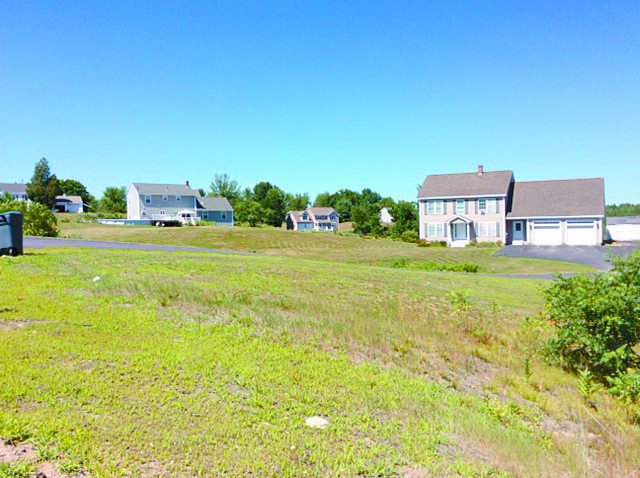How can Gorham, one of the fastest growing towns in Maine, balance residential and commercial development, retain open spaces, and pay for additional needed services? On June 26, the Town Council met with two consultants to review trends and consider options as they confront these and other growth issues.
“All growth adds value, but not all growth pays its own way,” said Ben Smith of Northeast Planning. Smith was formerly the Windham Town Manager. He showed that designated growth areas close to the Gorham village center are not where residential growth is actually happening. Suburban land patterns of single family homes require high services on low value land. Policies such as requiring developers to pay impact fees for capital improvements in more rural areas, and encouraging residential diversity through cluster development and multi-family housing can help manage growth. Gorham has many advantages: location, schools, open land, and a vibrant village. The question for the Council, he said, “is how to increase these advantages.”

A neighborhood sits off the sprawling hills near Fort Hill in Gorham.
Gorham is the 14th largest city in the state and, according to Stephanie Hayes from The Greater Portland Council of Municipal Governments, is projected to have a population of 23,000 by 2040. The current population is approximately 17,000. The Council has developed 3-D visualization software that she recommended as a development decision tool available to Gorham planners.
Tom Poirier, Gorham Town Planner, reviewed some of the ideas already being discussed which include encouraging growth in the urban area, regulating lot size in rural areas, and impact fees related to schools which he said “could be used to build schools but not for existing problems.” In discussing the Town’s “passive approach to open space,” he noted that the current policies designed to maintain a ratio of open field to recreational use may not be in line and has not been evaluated.
Council members discussed ideas proposed by Smith and Poirier, including cluster housing, age-restrictive housing, requirements for open spaces owned by homeowners associations, and levying impact fees to provide wider community use of open space. Ben Hartwell emphasized that property rights are important as well as preserving rural areas and increasing density in the village area.
He noted that limiting building permits as a strategy creates problems. He asked if building codes and regulations are incentivizing commercial and mixed-use projects and suggested encouraging adding on to existing structures. Marla Stelk suggested “form-based codes” that focus on building exteriors and give property owners more options for interior spaces. She also emphasized the need to attract more businesses. Poirier agreed but said that rather than try to attract large businesses, “we should help people grow who are already here.”
Council member Sherrie Benner, a realtor, commented that Gorham appeals to retirees, not just young families, and stressed the need for diversification in housing and businesses. Jim Hager said that many older people want to stay in their homes. All felt that rising taxes are an issue for everyone and that more buildings need to “pay their own way.”
Town Manager Ephrem Paraschak cited the need to preserve options for the future and recognize that Gorham is part of a regional market for housing and commerce. Council members said that they needed to hear more from the Town Planning Department. They agreed to establish some priorities for planners to focus on and asked them to gather more information and bring recommendations back to the Council.


